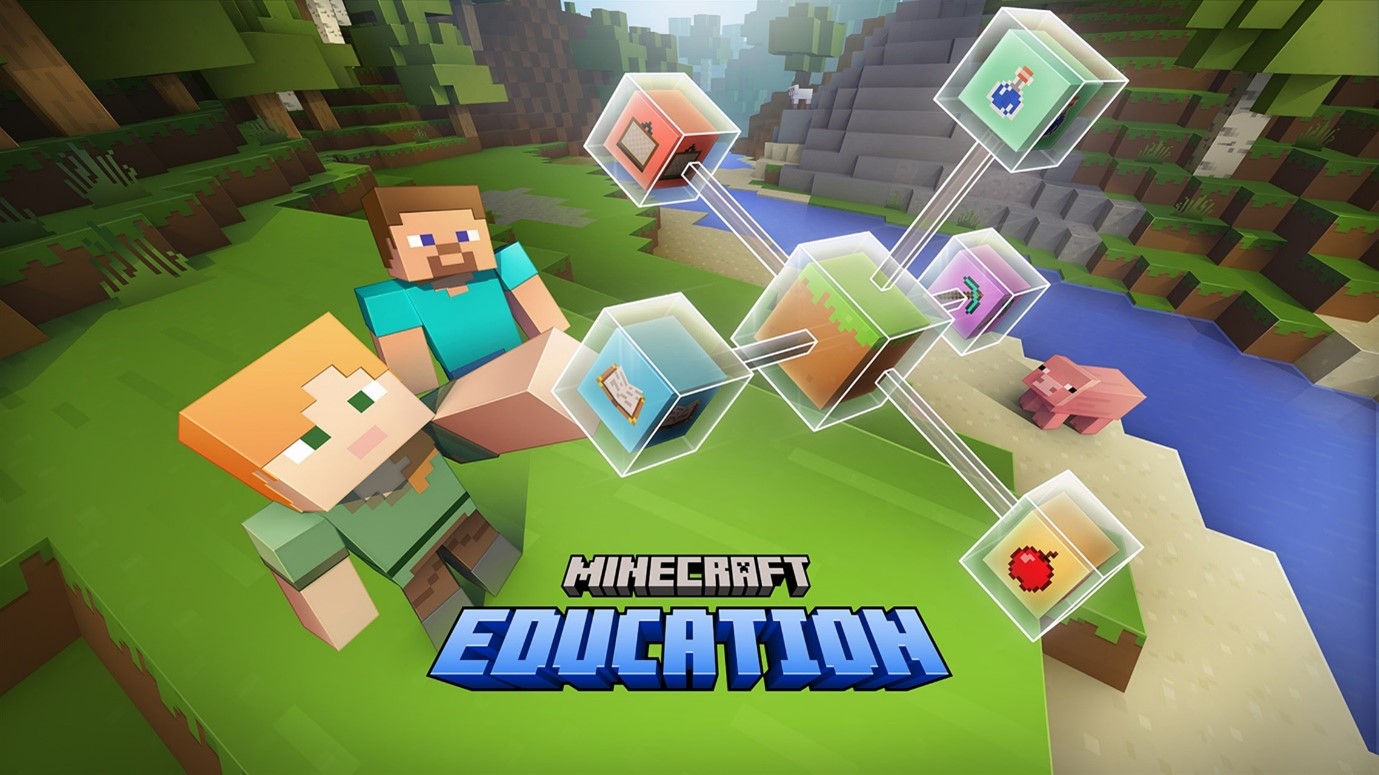What Gen Alpha put in their digital backpacks
Gen Alpha’s back to school trends give brands a chance to engage and empower the next generation of learners.


Valerie Kolesar
02 October 2025
3 min read
It’s that time of year again – school is back in session: backpacks are packed, alarms are set a little earlier and colour-coded calendars have been frantically filled in for the academic year.
For decades, back-to-school preparation has meant shopping trips for endless supplies, the coolest pencil case, scented gel pens and a new fancy notebook. But, today, this familiar ritual has evolved. With technology’s lightning speed advancements, the classroom essentials of the past – paper notebooks and sharpened pencils – are now joined, in many cases replaced, by digital platforms, AI-powered tools and immersive interactive learning aids.
For Gen Alpha as digital natives, tech isn’t an accessory, it’s the default and as they head back to school their backpacks (both literal and digital) are filled with apps, platforms and devices that redefine what ‘ready for class’ looks like.
This shift doesn’t just impact how they learn and socialise, but how teachers plan lessons and how parents support. It opens up a unique opportunity for brands to understand and support Gen Alpha and generations beyond in their learning in a meaningful way.
By tapping into Gen Alpha’s digital-first habits while recognising their continued need for balance, brands can position themselves at the heart of the back-to-school experience in fresh, relevant and lasting ways.
From pencils to pixels
Classrooms are shifting from traditional pen-and-paper methods to digital-first tools that invite students to engage, create and collaborate. Platforms like Google Classroom and Microsoft Teams streamline assignments and communication, while apps such as Kahoot! and Quizlet transform study sessions into interactive game-like experiences.
Even younger learners are exploring tools like Seesaw which allow them to showcase their work digitally and share progress with teachers and parents in real time. These innovations do more than digitise old learning methods, they arguably open the door to more dynamic and connected learning.
Digital-first learning tools are transforming classrooms into much more interactive environments where students actively rather than passively receive information. Adaptive platforms personalise lessons to each learner’s pace, while collaborate apps reflect how Gen Alpha already communicates with friends and peers online.
By aligning education with the ways young people naturally navigate the world, these tools make learning feel more accessible, flexible and relevant to the future as well as shaping learning experiences for future generations.
Learning through play: the rise of EdTech
As Gen Alpha’s digital backpacks burst into classrooms, one of the most exciting shifts has been the integration of play into learning. For this tech savvy generation, education doesn’t have to feel separate from the way they already interact with the world – it can be immersive, interactive and classroom learning can even be, dare we say, fun. A recent UK study of 11-16 year olds showed that 35% of them felt that video games made them better readers, so could EdTech really be the future?
Gamified platforms such as Prodigy which transforms math practice into an adventure game and Minecraft Education which turns the familiar sandbox game into a powerful tool for exploring science, history and coding in collaborative environments are leading the future of EdTech.

Beyond making lessons engaging, these platforms are built for collaboration, encouraging students to solve problems, share ideas and work as team. Whether building virtual worlds in Minecraft or tackline quests in Prodigy, learners aren’t just practicing academic skills, they’re also developing creatively, communication and resilience. By blending play with purpose, EdTech is helping shape classrooms that feel both relevant and inspiring to Gen Alpha.
Why analog still matters in a digital backpack
Despite Gen Alpha’s digital fluency, their learning journey isn’t meant to exist solely on screens. Digital may be their default, but like adults who need to step away from the work computer to recharge, switch their phones to DND or reduce screen-time, Gen Alpha also crave grounding, hands-on experiences. These offline moments offer balance, giving them space to unplug, slow down and connect with the physical world in ways that technology can’t and won’t ever be able to replicate.
Bringing analog outlets into a digital classroom can be simple yet impactful.
- World-building video games can be swapped for sensory play with materials like Magna-tiles or Kinetic Sand.
- Digital creative platforms such as Canva can be complemented with physical sketchbooks, colouring activities or textiles.
- And where social media once served as a main avenue of self-expression, journaling or other reflective practices can take its place.
In today’s world, offline engagement works best when it complements digital learning, creating a balanced classroom where students can switch between interactive technology and hands-on meaningful experiences.
It’s not about replacing tradition but reimaging it. By weaving technology into established teaching methods, we can build learning experiences that are both innovative and rooted, equipping Gen Alpha and future generations for the world ahead.
Learning together, shaping tomorrow
For brands, Gen Alpha’s digital fluency and craving for meaningful, multi-sensory (learning) experiences is reshaping what good customer experience looks like. Experiences must now move seamlessly between digital and physical, balance delight with grounding moments and evolve in real time to match individual preferences.
To design experiences that truly resonate, brands need to understand not just what people do, but how they feel in these moments. CX research – from journey mapping, to shopper strategy or jobs-to-be-done – becomes an essential tool for shaping strategy, guiding innovation and creating interactions that are intuitive, emotionally engaging and memorable.
Let’s connect
To design experiences today that matter tomorrow.